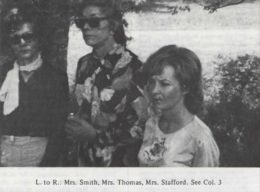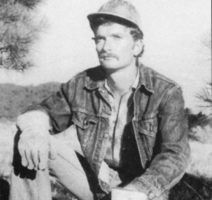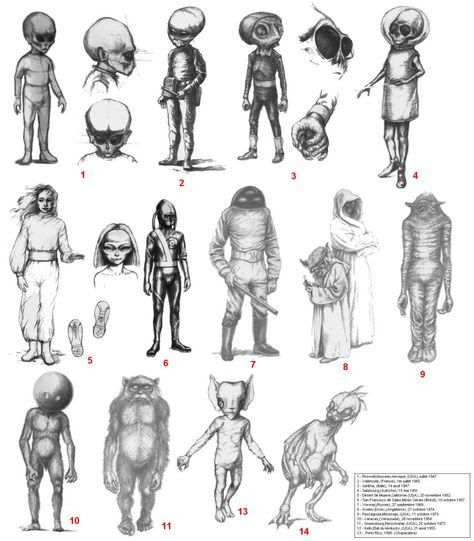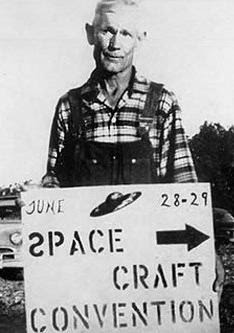By Charles Lear
 In last week’s blog, we looked at a UFO encounter in Kentucky reported by three women, Louise Smith, Mona Stafford, and Elaine Thomas. According to them, they saw a craft that shone a blue light into their car and seemingly took control of it. They felt pain down through the tops of their heads and in their eyes, felt the car being pulled backwards and then suddenly found themselves almost eight miles away in what seemed like an instant. The UFO was gone. They continued on to Liberty, Kentucky and stopped at the trailer home of Smith, who had been the driver. They became aware that they all had a number of physical ailments, including burning and tearing eyes, skin that burned when in contact with water and one-inch-by-three-inch marks on the backs of their necks. There was also about 80 minutes they couldn’t account for. Smith looked to see if any of her neighbors were awake and she saw a light on in the trailer next-door belonging to Lowell Lee. The women went over to his house and Lee listened to their story. He looked at the marks on their necks, and then had them go to separate areas and draw what they said they saw. The drawings were almost identical. The story found its way into the press and it wasn’t long before interested UFO investigators approached the women to look into the case. Read more
In last week’s blog, we looked at a UFO encounter in Kentucky reported by three women, Louise Smith, Mona Stafford, and Elaine Thomas. According to them, they saw a craft that shone a blue light into their car and seemingly took control of it. They felt pain down through the tops of their heads and in their eyes, felt the car being pulled backwards and then suddenly found themselves almost eight miles away in what seemed like an instant. The UFO was gone. They continued on to Liberty, Kentucky and stopped at the trailer home of Smith, who had been the driver. They became aware that they all had a number of physical ailments, including burning and tearing eyes, skin that burned when in contact with water and one-inch-by-three-inch marks on the backs of their necks. There was also about 80 minutes they couldn’t account for. Smith looked to see if any of her neighbors were awake and she saw a light on in the trailer next-door belonging to Lowell Lee. The women went over to his house and Lee listened to their story. He looked at the marks on their necks, and then had them go to separate areas and draw what they said they saw. The drawings were almost identical. The story found its way into the press and it wasn’t long before interested UFO investigators approached the women to look into the case. Read more
 One of the most famous early abduction cases is that of Travis Walton in late 1975, which received a lot of attention and still fascinates many people to this day. Walton’s case was investigated primarily by the Aerial Phenomena Research Organization. In the midst of that investigation, APRO was contacted by Johnny Sands, a country western singer who claimed he had encountered two humanoids in the desert outside of Las Vegas, Nevada. It is perhaps because of the attention given to the Walton case, that Sand’s case has all but been forgotten. I might also be because it’s seriously weird.
One of the most famous early abduction cases is that of Travis Walton in late 1975, which received a lot of attention and still fascinates many people to this day. Walton’s case was investigated primarily by the Aerial Phenomena Research Organization. In the midst of that investigation, APRO was contacted by Johnny Sands, a country western singer who claimed he had encountered two humanoids in the desert outside of Las Vegas, Nevada. It is perhaps because of the attention given to the Walton case, that Sand’s case has all but been forgotten. I might also be because it’s seriously weird. In last week’s
In last week’s  The year 1957 was a very interesting one in UFO history. In that year, UFO occupant reports were accepted as worthy of investigation by serious organizations such as the Aerial Phenomena Research Organization and Civilian Saucer Intelligence of New York; Contactees were in the spotlight thanks to the
The year 1957 was a very interesting one in UFO history. In that year, UFO occupant reports were accepted as worthy of investigation by serious organizations such as the Aerial Phenomena Research Organization and Civilian Saucer Intelligence of New York; Contactees were in the spotlight thanks to the